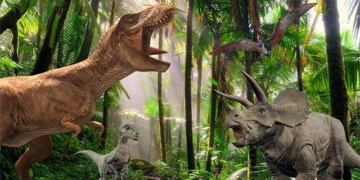The Dinka people of South Sudan are known worldwide for their impressive height. Their homeland is sometimes referred to as the land of giants.
The Dinka, also known as Jieng, are a Nilotic ethnic group with approximately 4.5 million people living around the central swamps of the Nile Basin, primarily in South Sudan. Additionally, the Dinka are renowned for their remarkable height. Along with the Tutsi of Rwanda, they are considered to be the tallest people in Africa and possibly in the world.
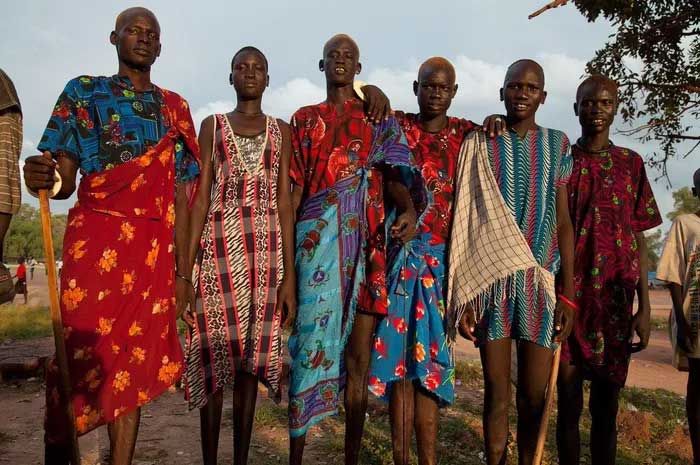
The Dinka primarily inhabit the Nile River region, from Bor to Renk, in the Bahr el Ghazal area, Upper Nile (two of the three provinces previously located in southern Sudan), and the Abyei area of Ngok Dinka in South Sudan.
According to a study conducted in 1953-1954, the average height of the Dinka is about 182 cm. This was quite tall compared to the rest of the world at that time. However, today, the stature of Dinka men appears to be slightly lower, which may be due to the prolonged effects of malnutrition and frequent conflicts.
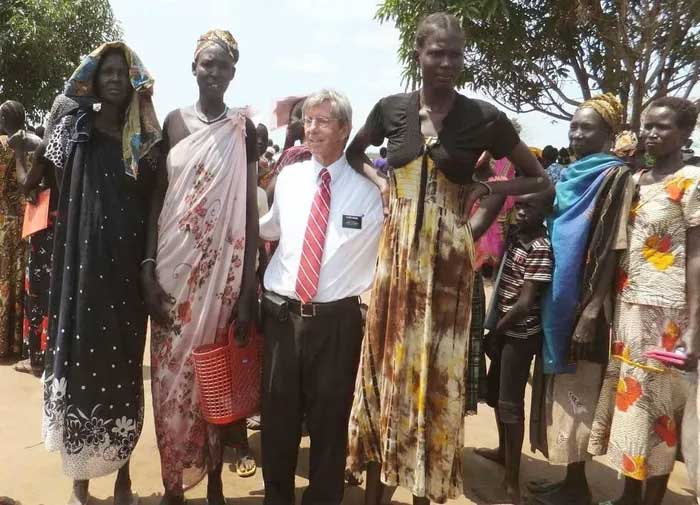
They have about 4.5 million people, according to the 2008 Sudan census, accounting for approximately 18% of Sudan’s population and are the largest ethnic tribe in South Sudan.
Consequently, there has been much debate in the scientific community regarding why the Dinka can be so tall. However, to date, no consensus has been reached. The most common explanation is nutrition – a diet rich in calories, dairy products, grains, and meat has allowed their bodies to grow tall.
The Dinka primarily make a living through agriculture and pastoralism, relying on livestock for milk and other by-products similar to nomadic peoples around the world.
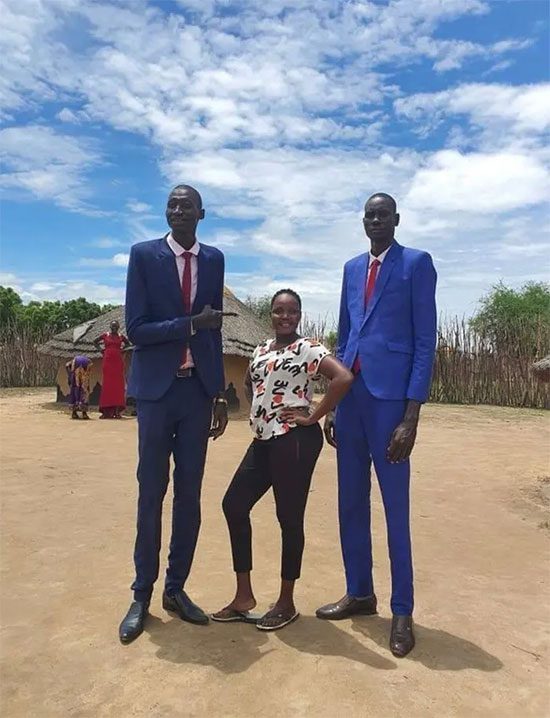
According to collected data, the Dinka originated from Gezira in present-day Sudan. During the medieval period, this area was ruled by the Kingdom of Alodia, a multi-ethnic Christian empire dominated by Nubians. From the 13th century, with the disintegration of Alodia, the Dinka began migrating out of Gezira, fleeing slave raids and other military conflicts as well as drought.
The Dinka refer to their language as Dinka or “Thuɔŋjäŋ” (Thoŋ ë Muɔnyjäŋ), which is one of the Nilotic languages belonging to the Eastern Sudan language family. They write using the Latin alphabet with some additional characters.
Like many other tribes in Africa, the Dinka also undergo a coming-of-age ritual. At a certain age, boys are marked with a “V” shaped scar on their foreheads, symbolizing the transition from adolescence to manhood. Men of the Dinka tribe in South Sudan have facial scars with three parallel lines on their foreheads to demonstrate bravery to the tribe. This is usually performed by the tribe’s spiritual leader.
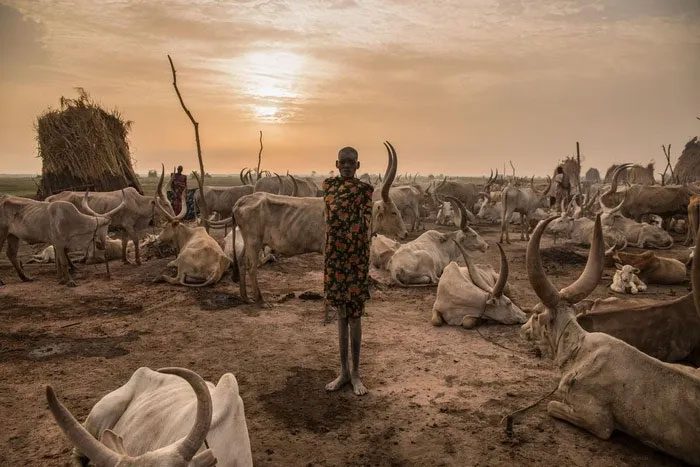
Around 3000 BC, in southern Sudan, along the Nile River, more than three groups of pastoralists and fishermen settled in this largest swamp area. The Dinka tribe is one of three tribes that gradually developed from the original settlers.
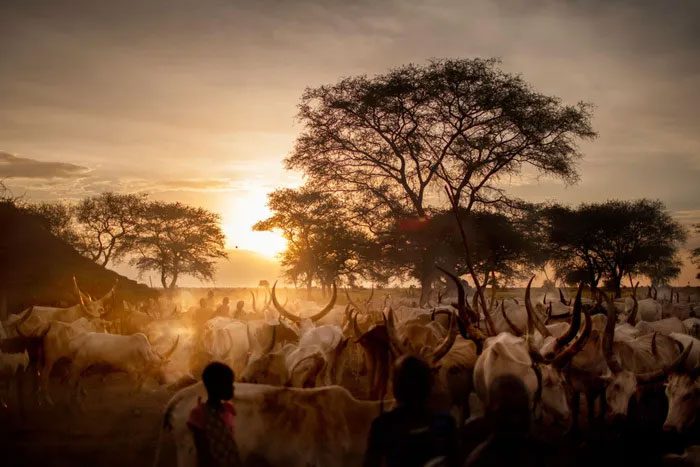
Symbolically and practically, livestock is important to the Dinka. These animals form the foundation of their livelihood, religion, and social structure. The Dinka tribes do not slaughter livestock merely for meat; they consider it a sacrifice to the divine. Another primary reason livestock is important to the Dinka tribes is the products they obtain from them.
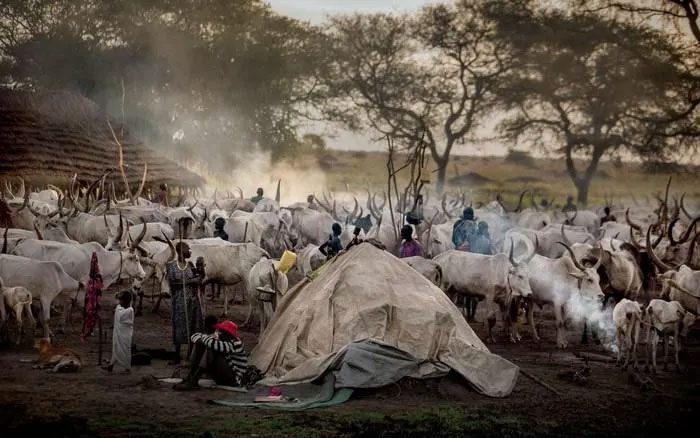
The Dinka have a clear division of tasks between men and women in the family. Wives typically handle cooking and child-rearing, while men take care of household chores and livestock. It is rare for a Dinka man to milk a cow, but if he must do so, he is not allowed to drink that milk, and all his livestock will perish.
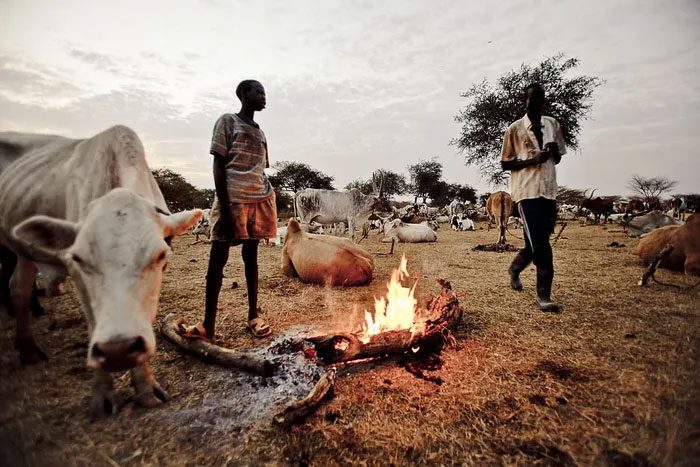
Before the British arrived, the Dinka did not live in villages; instead, they lived nomadically in family groups, residing in temporary shelters with their livestock. Houses could be organized into clusters of one or two, sometimes up to 100 families.
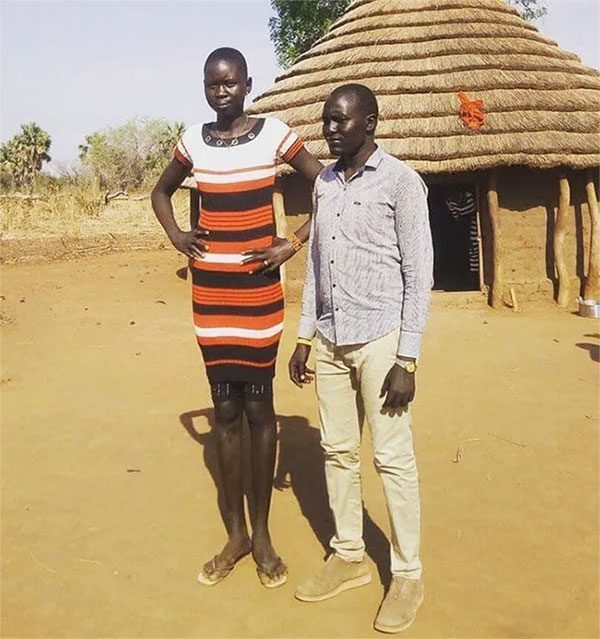
Traditionally, the Dinka tribe lives in round clay huts with conical thatched roofs. These houses are usually surrounded by gardens, separated by vast grassy areas. Typically, garden soil maintains its fertility for about 10 to 12 years. After that, the area is burned, and new houses are constructed nearby.
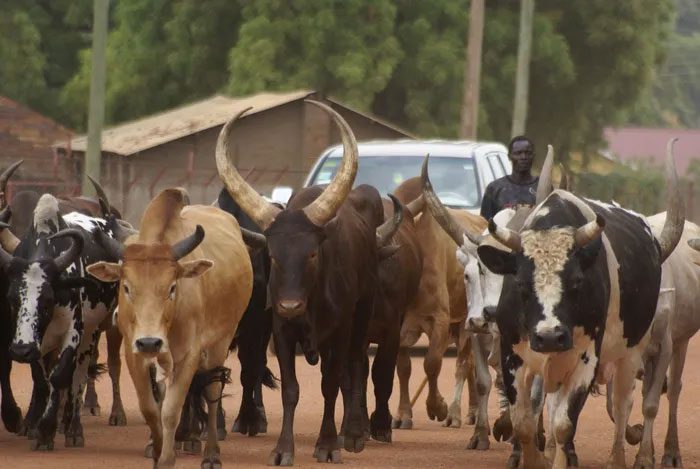
Like some tribes around the world, the Dinka regard native cattle as sacred symbols just as much as their livelihood. Large cows with long horns are intricately tied to the soul of each individual in the tribe. They also have the custom of using cow urine to wash their hair and faces. Children often suckle directly from the cow’s teats for milk, while adults milk the cows for their main source of nutrition.




















































